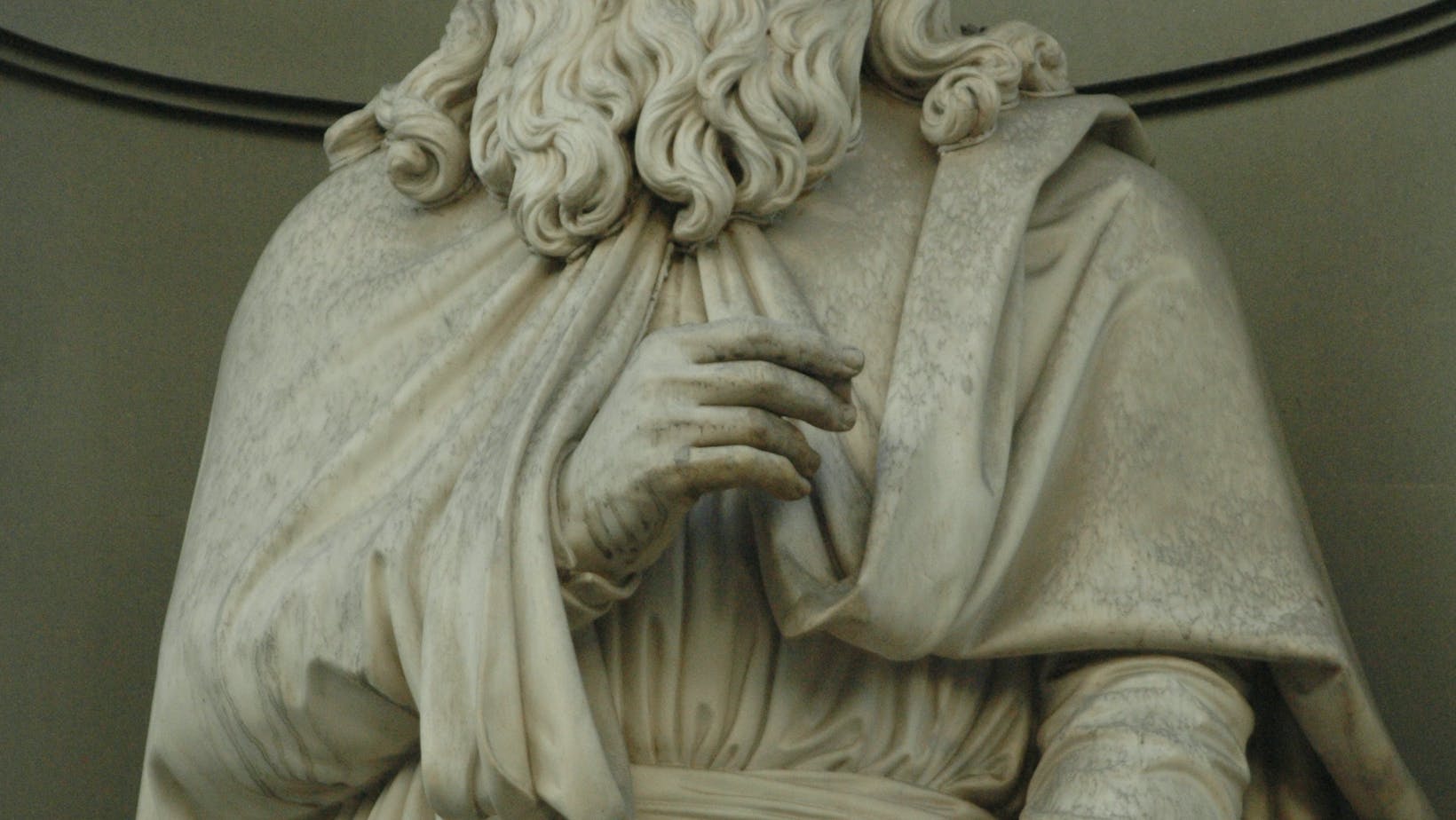Leonardo da Vinci Used Drawings to Explore Ideas in
When you hear the name Leonardo da Vinci, what’s the first thing that comes to mind? For most, it’s his iconic paintings like The Last Supper or Mona Lisa. But did you know that da Vinci’s genius extended far beyond his paintbrush? His drawings were not just mere illustrations, but a medium to explore, dissect, and understand the world around him.
Da Vinci’s sketches were his playground. They were where he’d delve into concepts, experiment with ideas, and uncover truths about the world. From anatomy to engineering, da Vinci used his drawings as a tool for discovery, a way to learn and grow.
In this article, we’ll dive into the fascinating world of Leonardo da Vinci’s drawings. We’ll explore how he used them as a tool for innovation and discovery, and how they were a testament to his insatiable curiosity and unquenchable thirst for knowledge. So, buckle up and prepare for a journey into the mind of one of history’s greatest geniuses.
The Artistic Journey of Leonardo da Vinci
Leonardo da Vinci’s artistic journey is a fascinating tale. His drawings were more than mere illustrations. They were a testament to his ceaseless curiosity and unquenchable thirst for knowledge. Da Vinci’s sketches were tools for discovery and innovation, allowing him to delve into concepts and experiment with ideas.
Da Vinci’s artistic journey was marked by constant learning and experimentation. Each sketch, each line, each stroke was a step towards unraveling the mysteries of the world. He didn’t just observe the world; he questioned it, dissected it, and explored it in ways few could fathom. Be it the intricate workings of the human body or the delicate patterns of nature, nothing escaped da Vinci’s keen eye and curious mind.
Da Vinci’s drawings were more than just a visual representation of his observations. They were a physical manifestation of his thought process and his relentless pursuit for understanding. These drawings served as a visual diary, where he meticulously recorded his observations, ideas, and hypotheses. Each sketch was a page in this diary, a snapshot of his mind at work.
Da Vinci’s artistic journey is a testament to his innovative spirit and unfettered curiosity. His drawings, a mirror reflecting his desire to understand and explain the world. As we delve deeper into his sketches, we’re not just exploring da Vinci’s artistic journey, but we’re also getting an intimate glimpse into the mind of one of history’s greatest thinkers.

Using Drawings as a Tool for Exploration
The genius of Leonardo da Vinci was not confined to his finished works alone. His preliminary sketches and drawings reveal an equally compelling aspect of his creativity. These were not mere doodles, but rather innovative visualizations of complex concepts and ideas.
His sketches embodied what we’d now call a problem-solving approach. Leonardo used drawings as a means to comprehend and dissect the world around him. He delved into the intricacies of human anatomy, the mechanics of flight, the behavior of water, and the growth patterns of plants. Every stroke of his pencil, every line, and shape was a question asked, an idea explored, a hypothesis tested.
His drawings served as a visual diary. They were a record of his observations, ideas, and hypotheses, meticulously documented with a level of detail that is nothing short of astounding.
Leonardo’s artistic journey was not a linear path. It was an ongoing exploration driven by insatiable curiosity. His sketches, filled with annotations and notes, tell a story of a mind in constant motion, seeking answers, pushing boundaries, and never settling for the known.
Leonardo da Vinci’s sketchbooks aren’t just a collection of drawings—they’re a testament to his innovative mind and insatiable curiosity. His unique approach to exploring ideas, using sketches as a tool, has left a lasting impact on both art and science. His drawings served as visual investigations, enabling him to delve into different perspectives and intricate details. It’s a process that’s far from linear, more like a web of interconnected thoughts, each feeding into another. This approach has shaped the scientific method, encouraging the use of illustrations to convey complex ideas. It’s also inspired countless artists to adopt detailed sketching and iterative processes. Leonardo da Vinci’s fusion of art and science in his work underlines the power of visual thinking, a concept that continues to inspire and challenge us today. Through his drawings, he’s shown us how a simple idea can evolve into a masterpiece—proving that the journey of exploration and experimentation is just as important as the destination.


